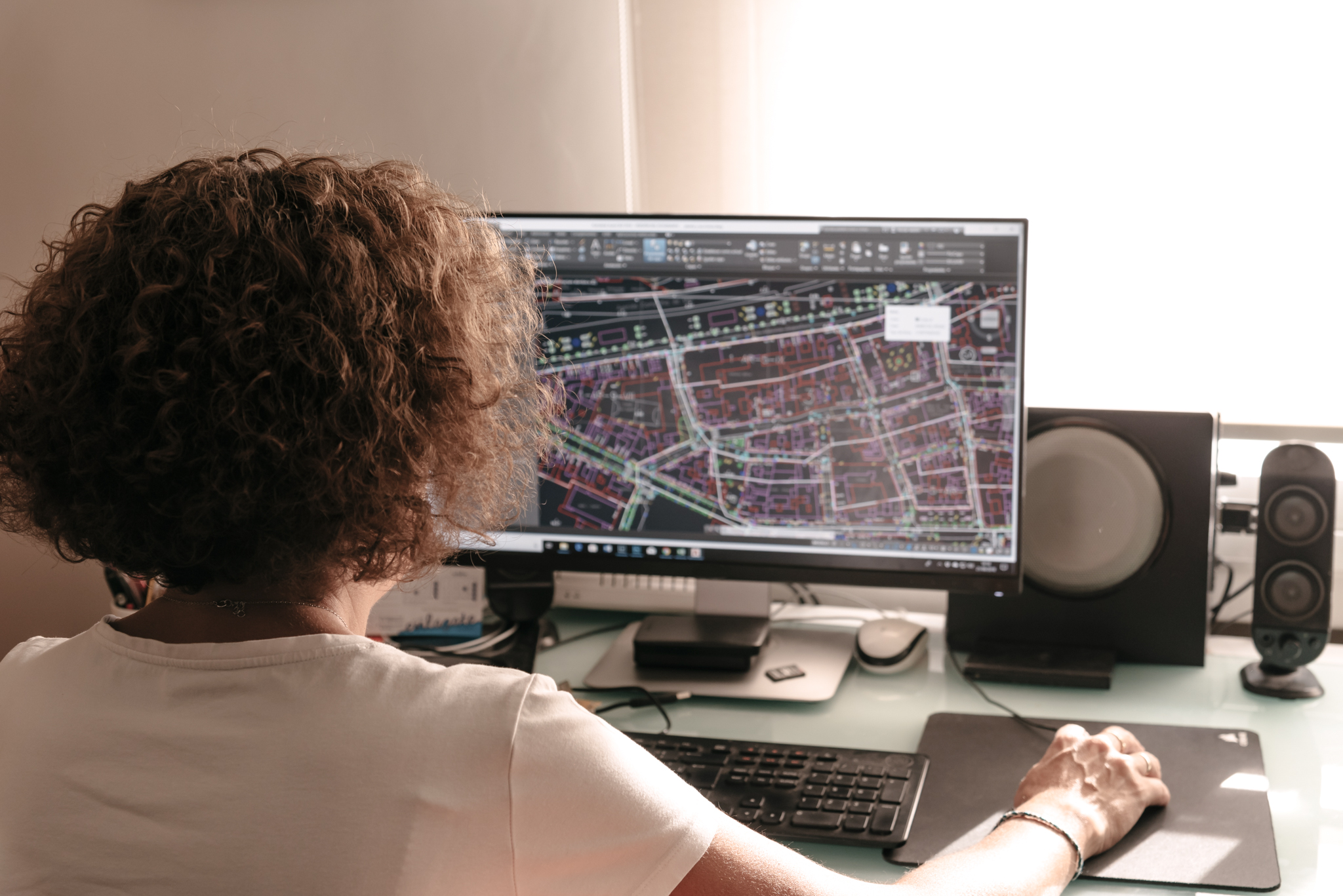Not so long ago, coordination between team members was a major issue. Not only everyone had to adjust their schedules, but also be fully aware of the project’s latest updates and modifications. This often led to confusion, lots of hours spent in old versions of a project, and the worst part: shuffling of deadlines.
Luckily, the scenario has changed. You know about BIM360 and other cloud collaboration platforms. We all know that cloud collaboration is here to make our life easier, especially in a post-pandemic world where many employees will work from home. But what if your organization is smaller, or does not have the budget to pay for high-cost licenses?
Last year, many of our clients and our company changed the way we worked. For our larger clients already using Bim360, there was not much of a shift other than the space's employees were collaborating from. The software allows models to be collaborated on, simultaneously, by many team members, in real-time. Changes, suggestions, and improvements no longer take long periods of time. They can be discussed and implemented in minutes, and of course, this means quicker project delivery.












